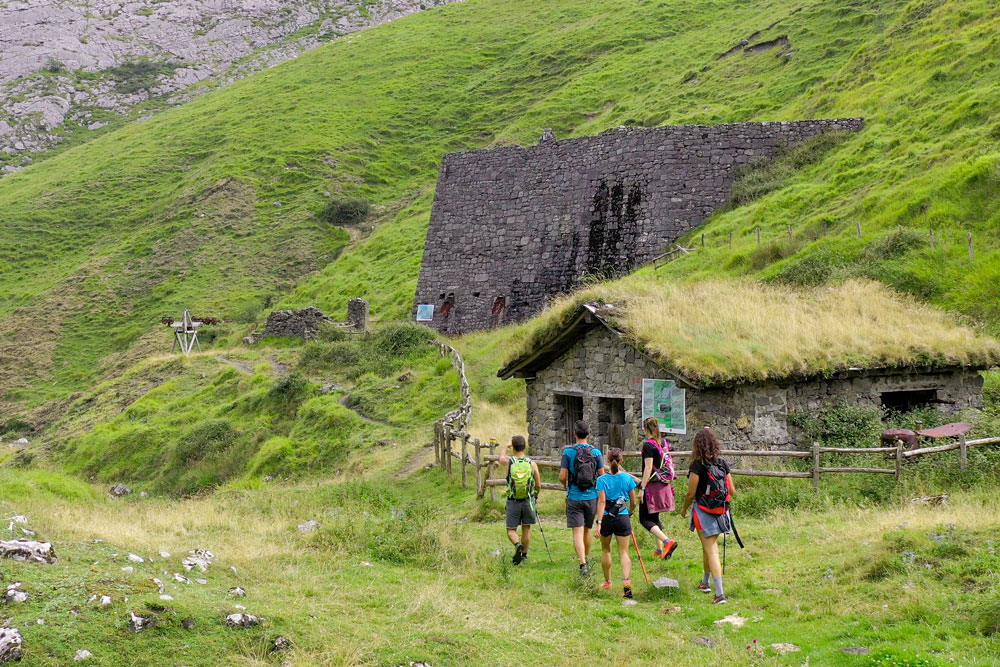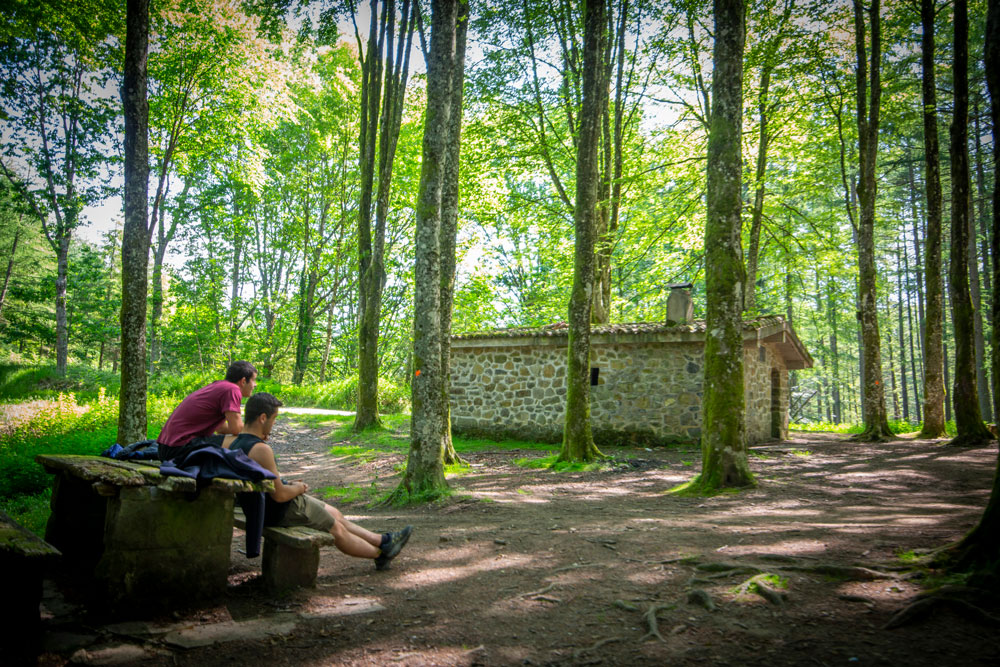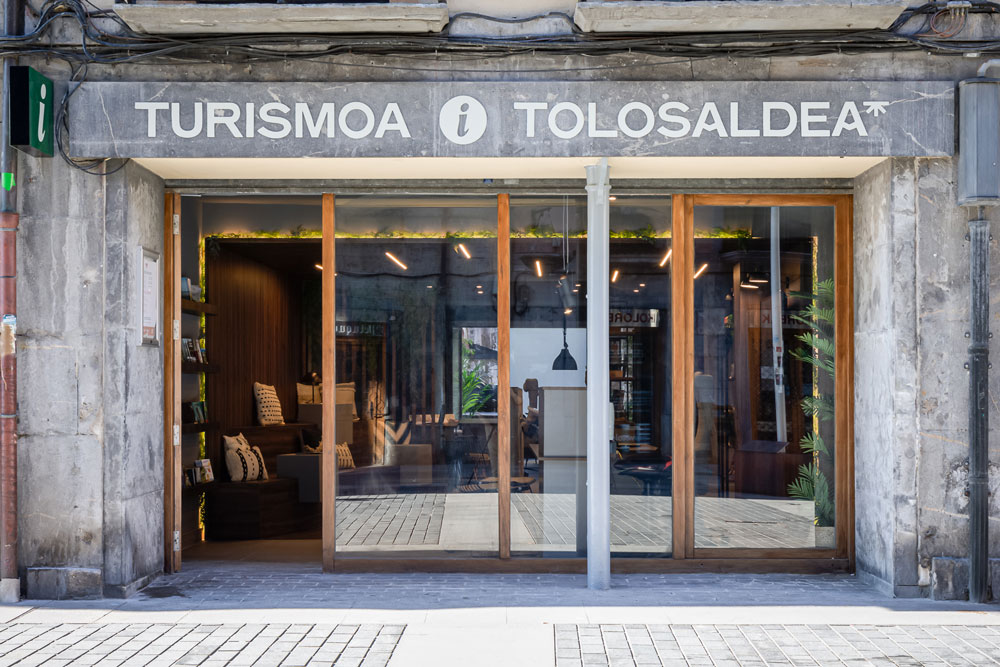Arritzaga glacier valley and Buruntzuzin mines
Uniquelandscape
Euskadi’sonlyglaciervalley
Arritzaga glacier valley in Aralar, a beautiful alpine type valley, keeps the remains of Euskadi’s only glacier valley and heritage of the former Buruntzunzin copper mines, at 900m of altitude.

Unique landscape
The altitude of this steep landscape have influenced human life: from May to November shepherd settlements are located here and work at the former mines would also be between those months, when the weather is mild.
Ushapedvastvalley
The wide based valley descends from Pardelus forming a U shape. The tributary valleys are slighty hanging over the main valley. This are typical features of a glacier valley.
5kmlongglacier
40,000 years ago the climate was colder, and a 5km long and 80m wide glacier went down Arritzaga valley. It’s possible that the melting water would flow below the ice and would come up as a stream at the front part of the glacier.
Naturalpools
The inner part of the valley is V shaped due to Arritzaga river’s erosion. Through its course it forms interconnected natural pools located at different heights. This is where the route known as Minas goes through.
History of the mines
It was one of the country’s biggest companies in the 18th century. More than 600 employees worked here but by 1753 summer only 180 miners remained. The mine closed at the beginning of the 19th century.
Buruntzuzinmines
Buruntzuzin mines remains can be found on the right bank of Arritzaga stream. Copper would be obtained at deep galeries.
Coppermines
Following the old paths you can visit the remains of copper mines of the last 4,000 years. It has been one of the Basque Country’s most important copper mining places and is of great relevance in the Iberian Peninsula prehistoric copper mining history.
Tracesoftheminesinthelandspace
There are several artificial holes on the limestone floor, mine openings, storing places for waste from the openings of underground galeries, mineral stockpile, platforms, building remains, paths carved in stone…
CablewaytoAmezketa
Minerals were grinded and cleaned next to the river, in washing areas that still remain. Later they’d be loaded into carts and taken to Amezketa via cableway, where the company’s offices were located and also where the miners’ families lived.


















